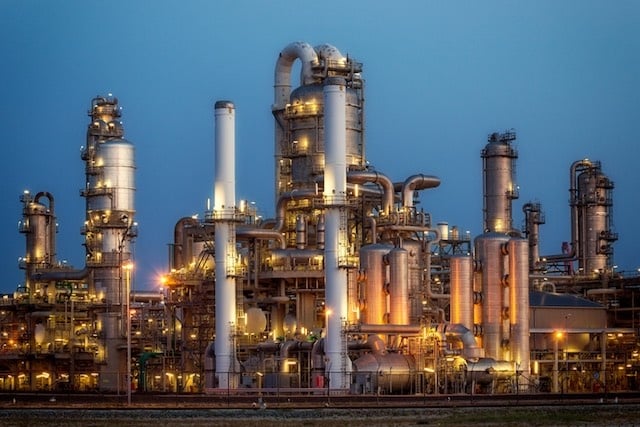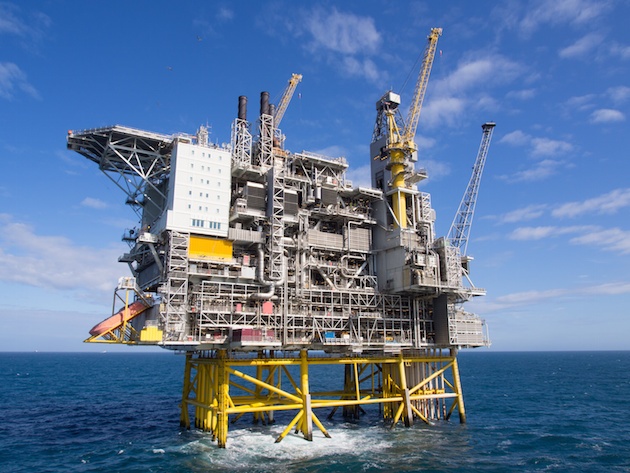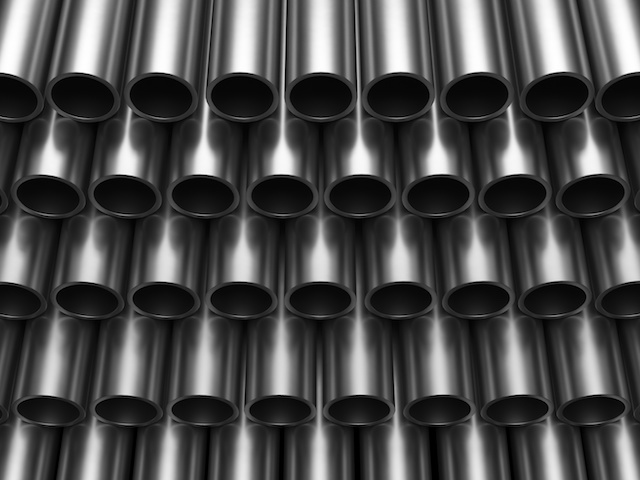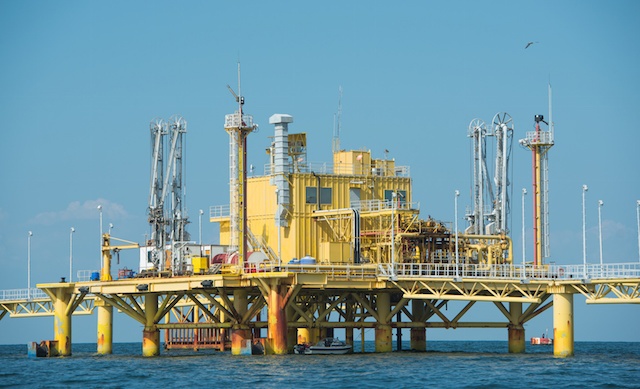
There are so many different factors to take into consideration when selecting a material for an industrial process. The operating temperature, the environmental conditions, the end use, the longevity required and many more, must be carefully deliberated during the selection process. One of the processes that engineers and designers need to take into consideration is nitridation.
What is nitridation?
Nitridation is a process that happens in high temperatures to materials that are not resistance to the corrosion caused by the nitrides that form on a material. Nitridation is present in reducing (such as when ammonia is present, for example), high-temperature situations, where there is a large concentration of nitrogen activity also present. The nitrades are formed on the material and, since they are hard themselves, they can cause the material to become brittle and lose strength if not properly controlled.
Sometimes the nitridation process is desirable, and is introduced during some commercial processes with the intention to increase hardness and resistance. One example is when nylon is produced, as well as within the aerospace industry when using low-alloy steels. The deliberate process of nitridation is tightly controlled, with key factors including the surface area of the material being nitrided, the quality and integrity of the material being used, and consistency of the material’s chemistry.
However, in many industrial applications this increased brittleness would be a negative and would impact on the longevity and stability of the equipment. Whether these nitrides form on the surface or internally depends on the nitriding activity present in the environment – a key factor to take into consideration during material selection.
To combat this nitridation process where it is not wanted, the most effective alloying element to use is nickel, which is why the Corrotherm line of nickel containing superalloys is well-suited for many extremely high operating conditions where there are also nitride-causing elements present.
Nickel alloys that fight nitridation
One nickel superalloy that can help to prevent against the effects of nitridation is INCONEL alloy 601. This powerful material can be a good choice for environments where it will be exposed to exceptional high temperatures, such as in gas turbines or jet engines. It is a key choice within the aerospace industry, where the effects of high-temperature corrosion could have catastrophic results. Its uses include chemical and petrochemical processing, where the stability and integrity of materials is paramount to avoid problems.
While it has quite a broad range of uses across many industries, it’s clear why it’s popular. Even under extreme conditions, including exposure to high temperatures, it has good resistance to carburisation in carbon-nitriding conditions. This makes it perfect for heat treating without causing nitridation.
Another material that can be used in nitridation environments is INCOLOY alloy 803. It offers excellent resistance to nitridation, as well as oxidation, sulphidation and carburisation. It has good thermal stability and excellent stress-rupture characteristics too, which is all down to its precise chemical composition of nickel and chromium, plus significant additions. Engineers use it in reformer furnaces and pyrolysis tubing, among other things.
To find out more about the materials that Corrotherm stocks and their properties, please visit the Grades section of our website or Contact Us.
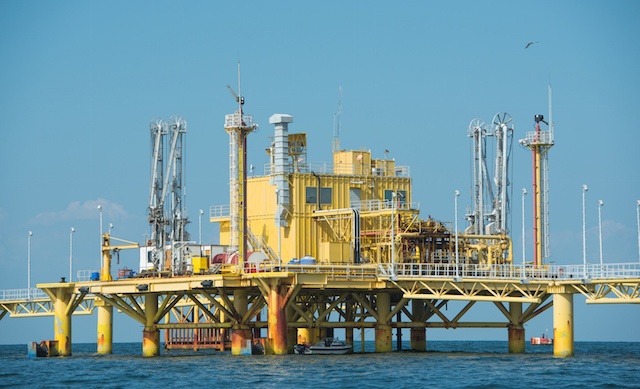 Nickel alloys that fight the nitridation process
Nickel alloys that fight the nitridation process